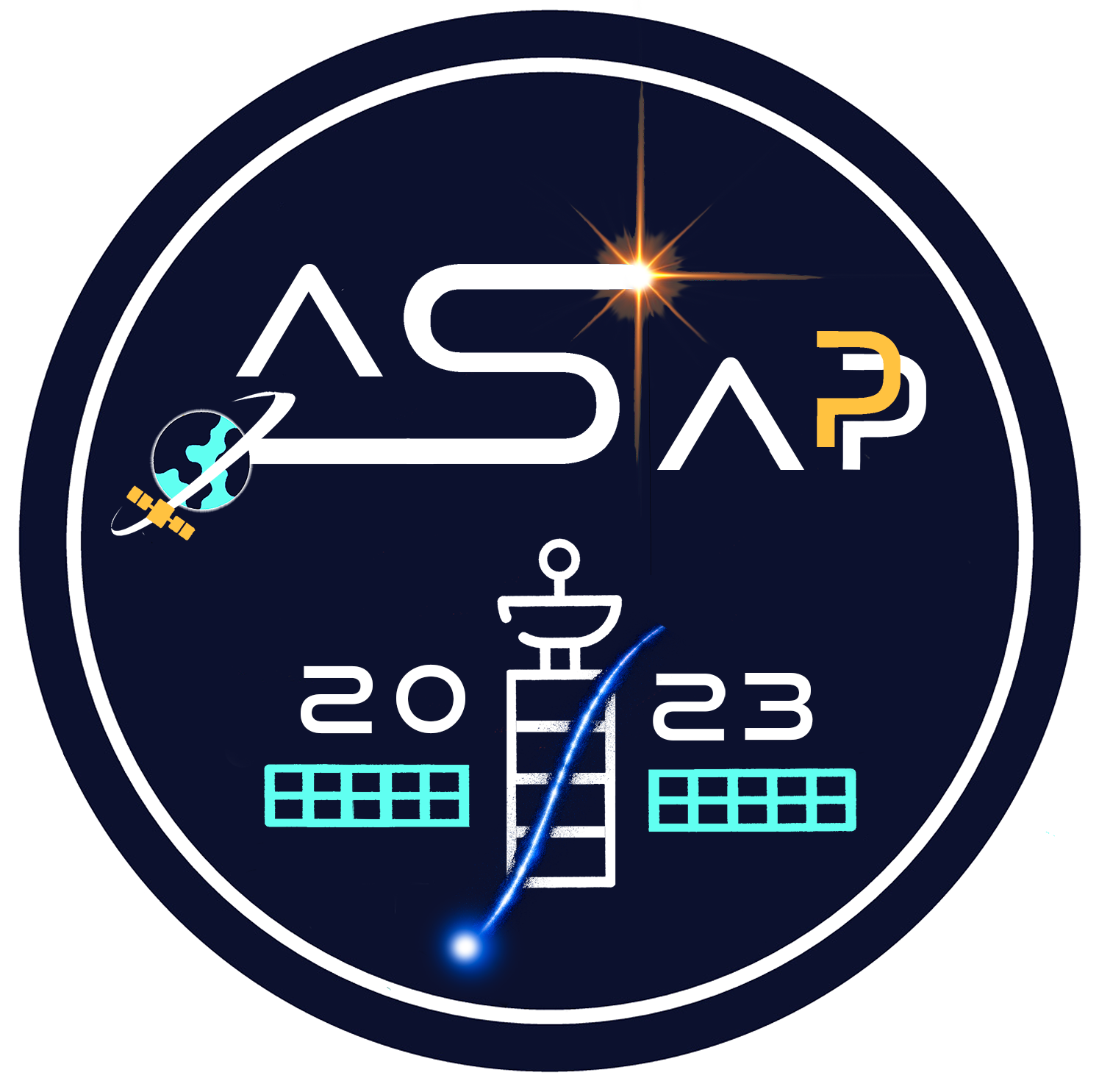Speakers
Description
Developed as a NASA Astrophysics Probe-class mission, the Probe Of Extreme Multi- Messenger Astrophysics (POEMMA) observatory is designed to identify the sources of ultra- high energy cosmic rays (UHECRs) and measure cosmic neutrinos. In stereo extensive air shower (EAS) fluorescence mode, POEMMA will measure, the spectrum, composition, and full- sky distribution of the UHECRs with sensitivity above 20 EeV and with high statistics. Once alerted, POEMMA will slew to point the telescopes near the Earth’s limb to observe neutrino transient events with sensitivity above 20 PeV by observing the Cherenkov radiation produced by upward-moving EAS induced from tau neutrino interactions in the Earth. By using the Earth as an immense neutrino converter, POEMMA has exceptional neutrino flux sensitivity to models of both short-duration transients, such as short-gamma-ray bursts (sGRBs), and long-duration sources, including binary neutron star (BNS) mergers. The POEMMA observatory consists of two spacecraft orbiting in a loose formation at 525 km altitudes and oriented to view a common atmospheric volume. Each spacecraft includes a large, wide-FoV Schmidt telescope with a hybrid focal plane optimized to observe both the UV fluorescence signal and the beamed, optical Cherenkov signals. In this presentation, POEMMA’s UHECR and cosmic neutrino measurement capabilities in the context of POEMMA’s science goals and instrument and mission designs will be detailed.
